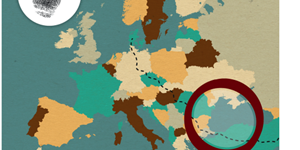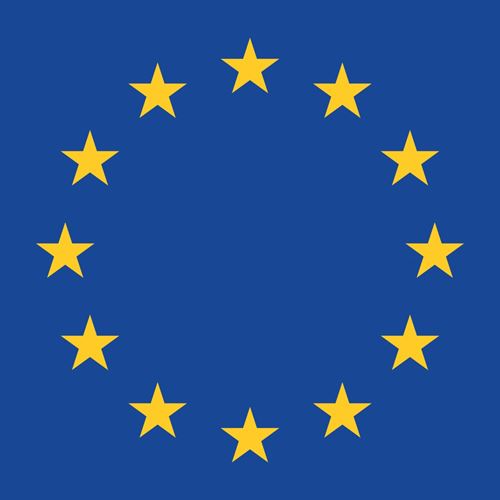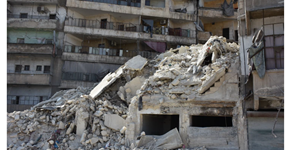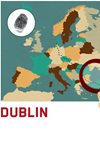
European asylum and migration policy
Parts of the EU asylum legislation is being implemented in Denmark, despite of the Danish opt-out from the area of Justice and Home Affairs, e.g. the Dublin rules. Denmark is also bound by the EU rules on return due to the Schengen cooperation. At the same time, Danish governments thus also aim to influence EU policies.

How does Danish asylum policy impact EU asylum law?
For many years, the aim of several Danish governments has been to limit the possibility to apply for asylum and get protection as a refugee in Denmark, so-called externalisation of asylum processing and refugee protection.
Despite the legal reservation to EU law in the area of Justice and Home Affairs, Denmark participates in the discussions on EU asylum and migration law. The aim of the current Danish government is to establish an external asylum processing center together with other EU Member States.


New EU rules on return

Danish cessation policy impacts refugees in the EU

Danish asylum policy impacts global refugee protection
The Danish scheme on external asylum processing in third countries
In June 2021, a majority of the Danish Parliament agreed to change the Danish Aliens Act to allow for the transfer of asylum seekers to an external processing center. The center should be in a country outside the EU, where the asylum seekers should have their asylum claims examined and get to stay, if they were recognized as refugees.
So far, no asylum seeker has been transferred from Denmark to an external processing center. For the legal change to be implemented, Denmark must sign a binding agreement with a third country and that has yet to happen.




